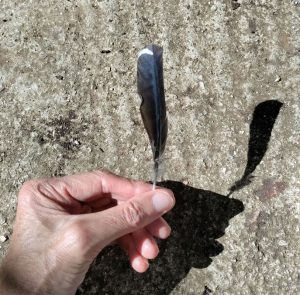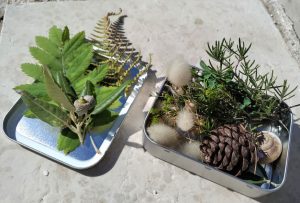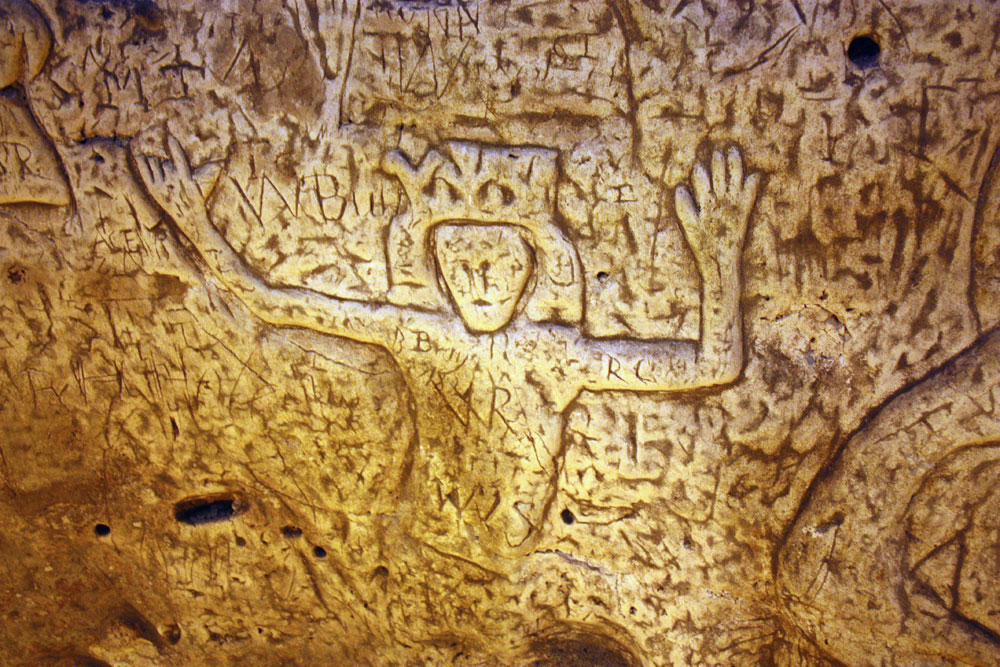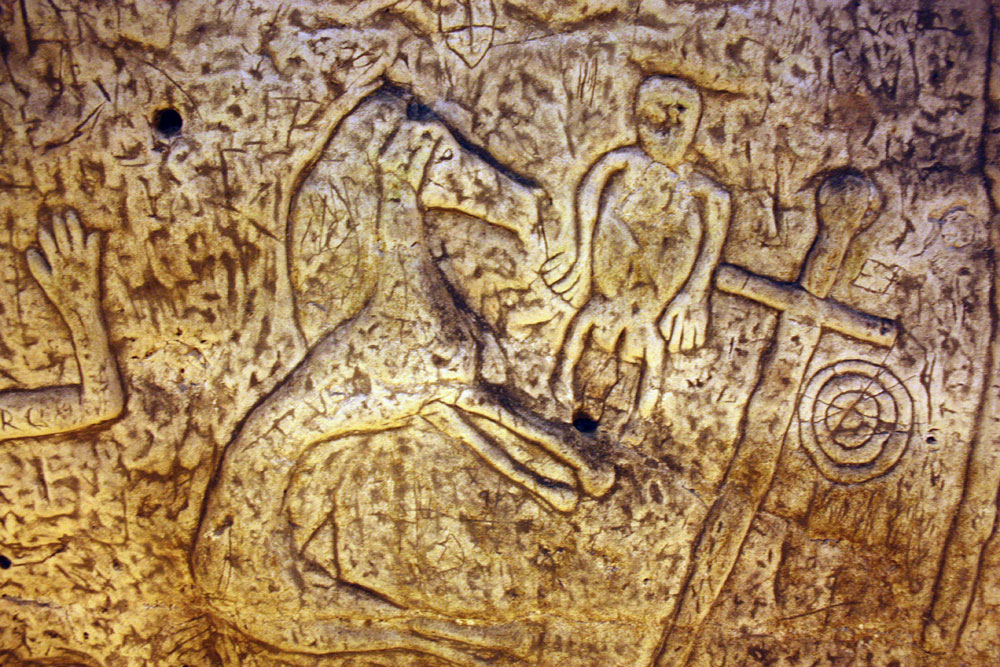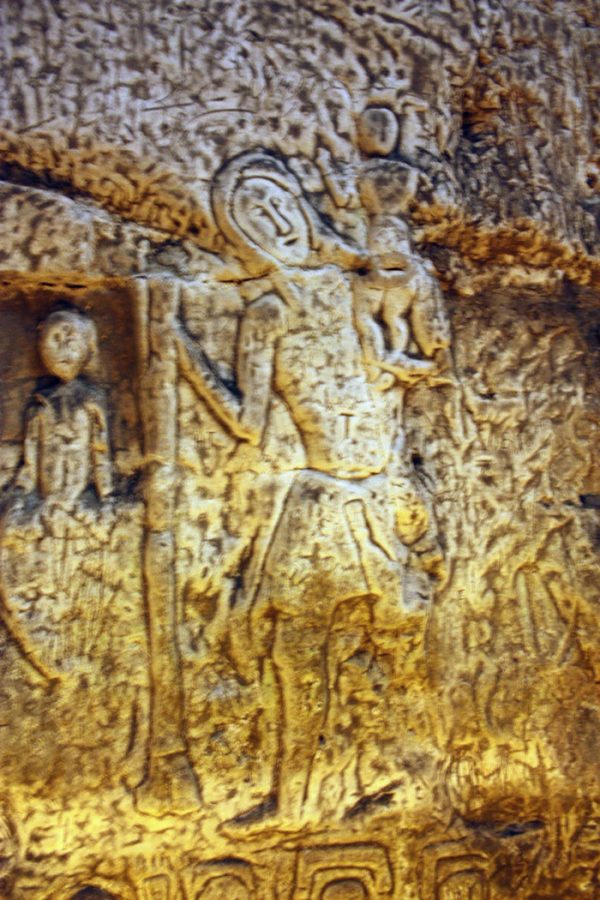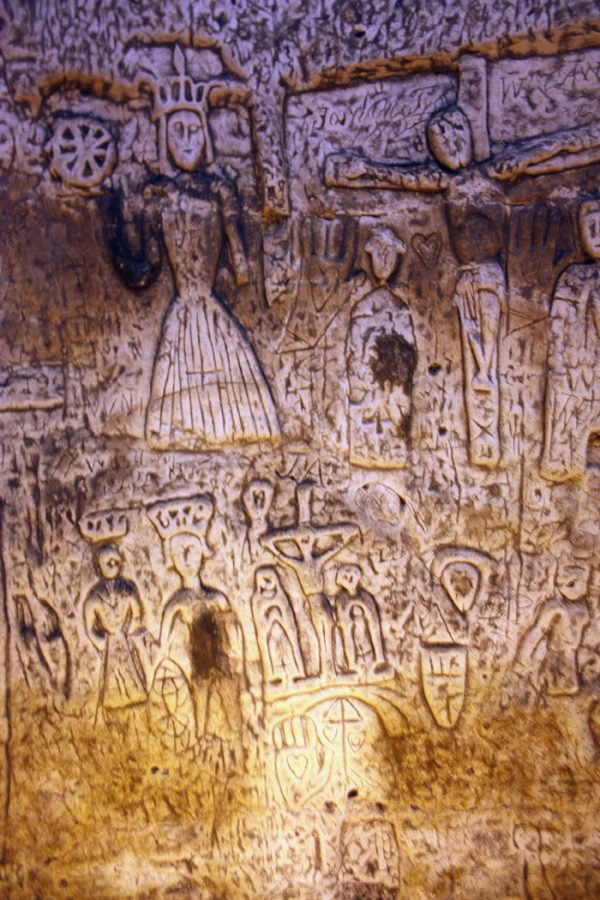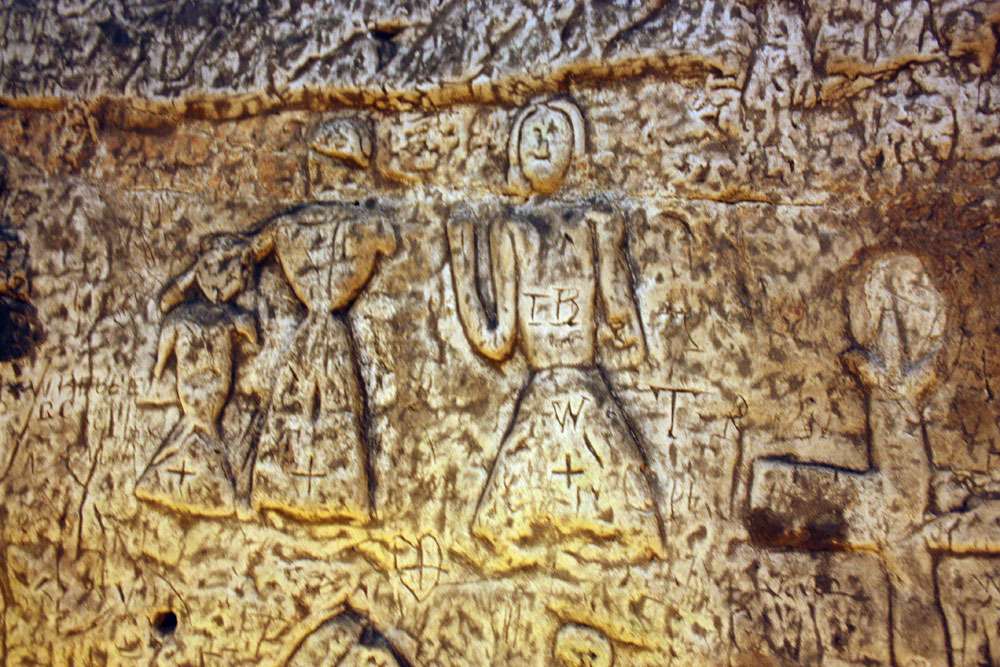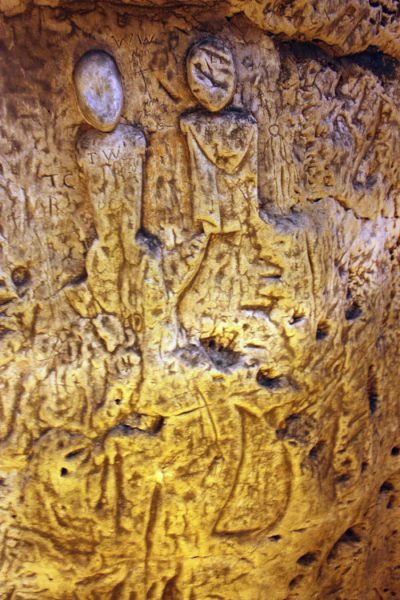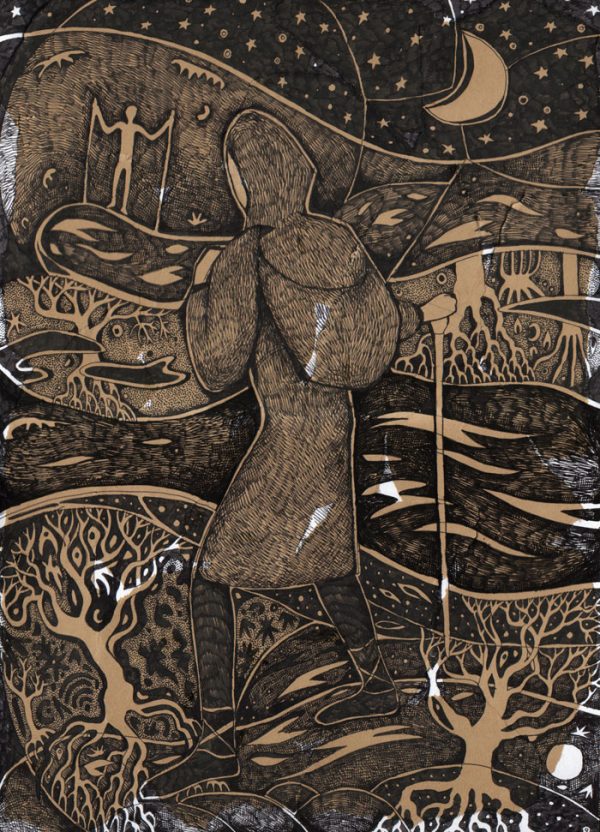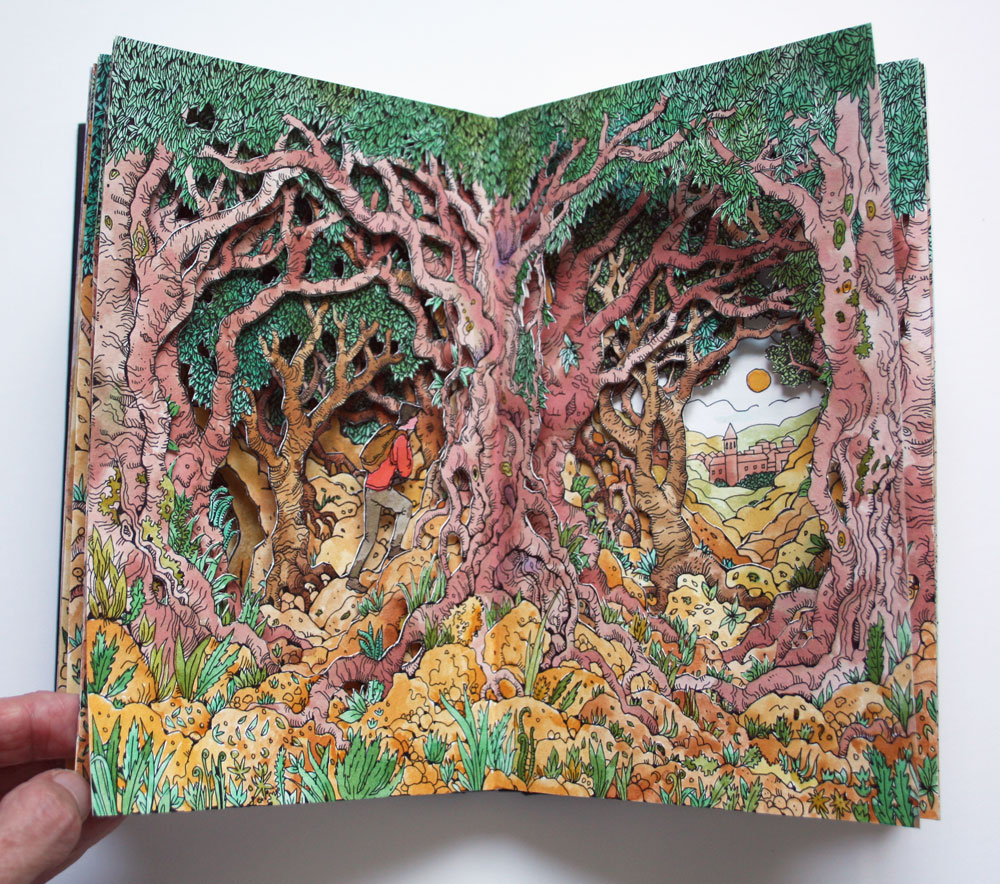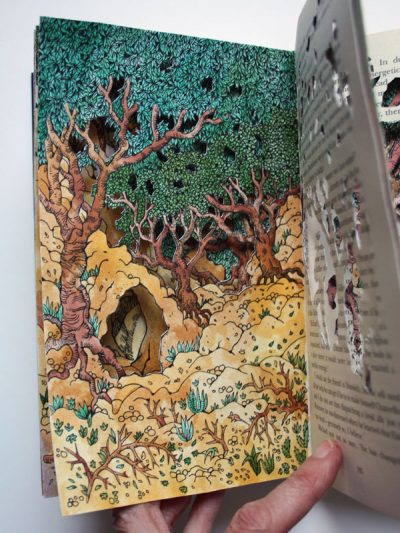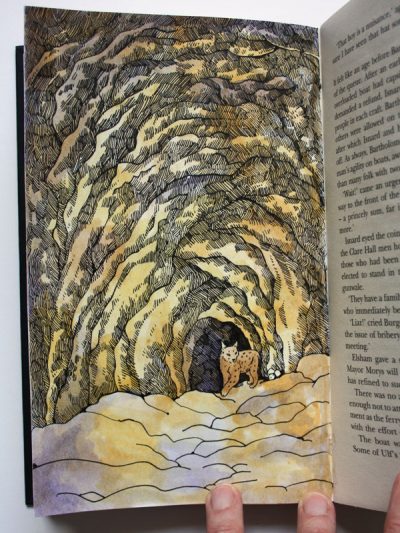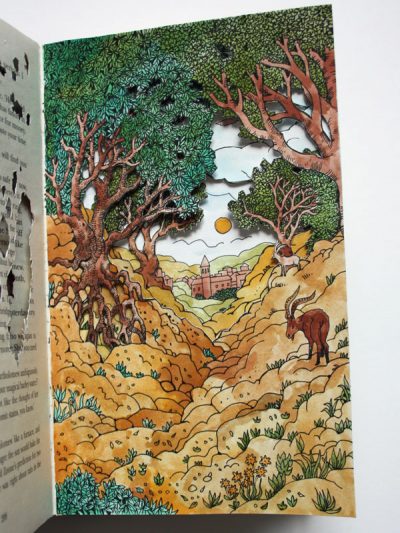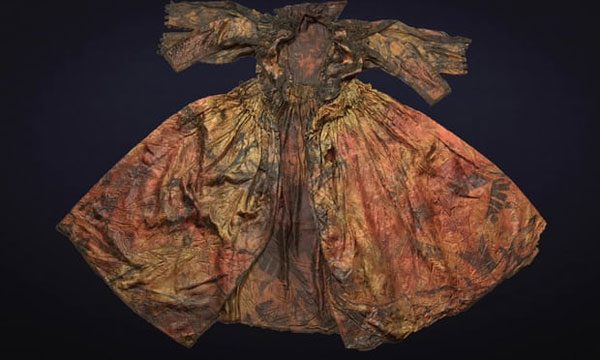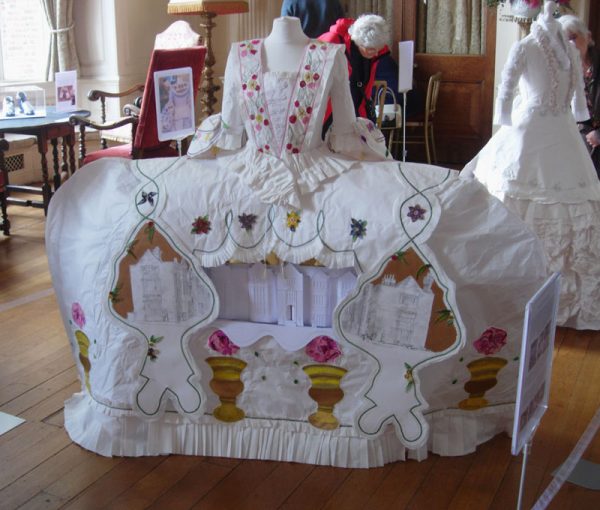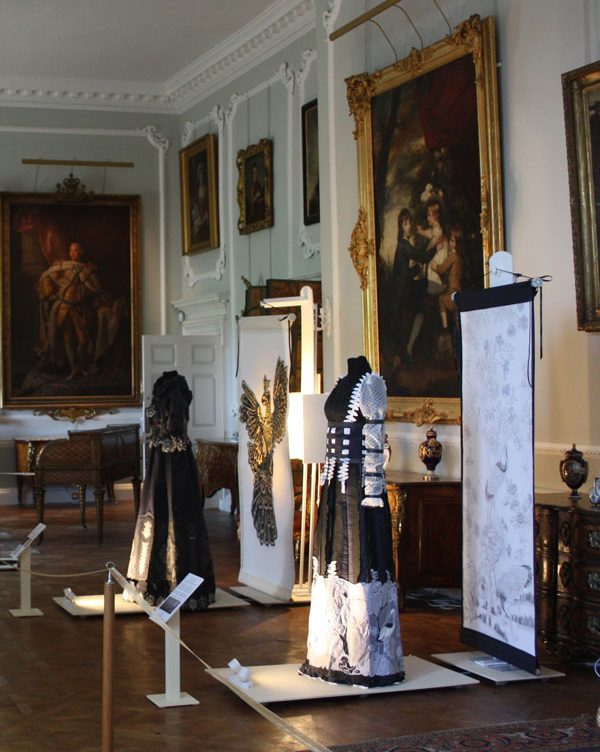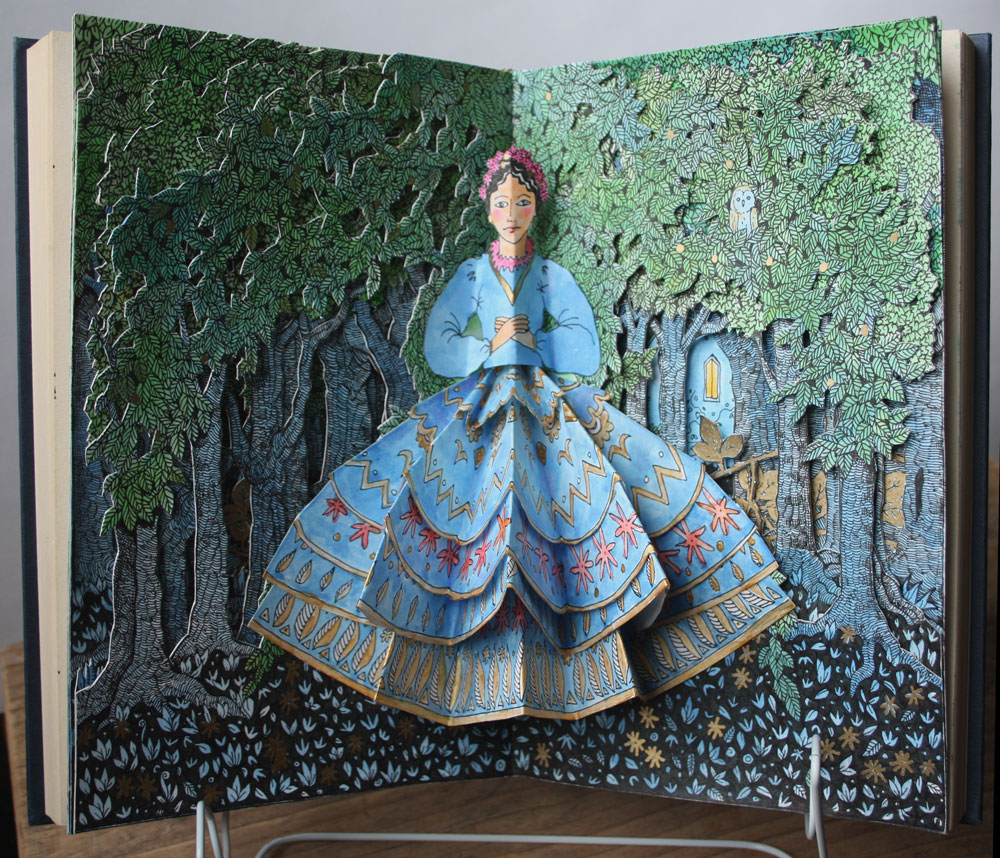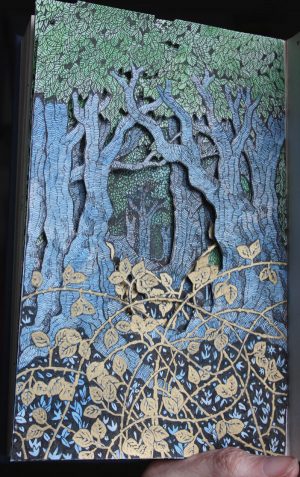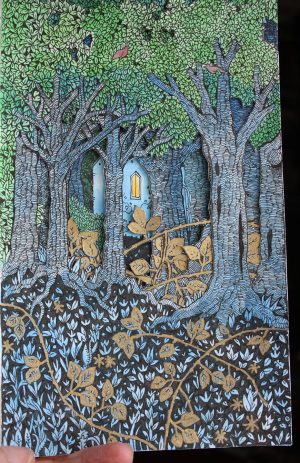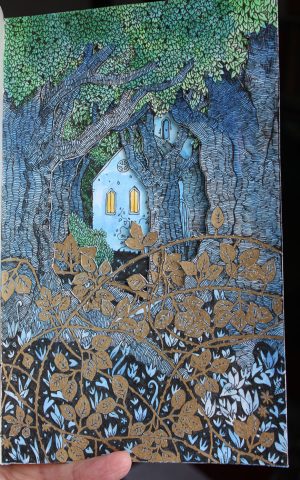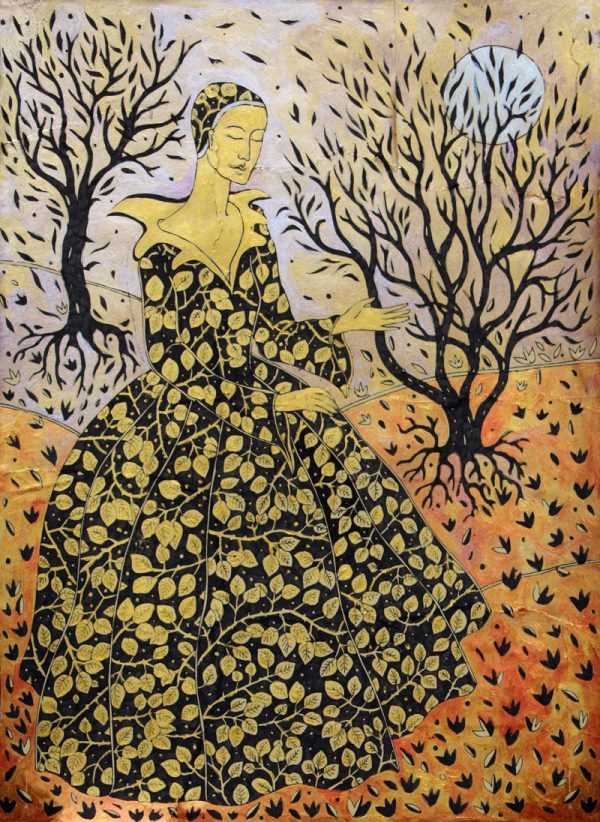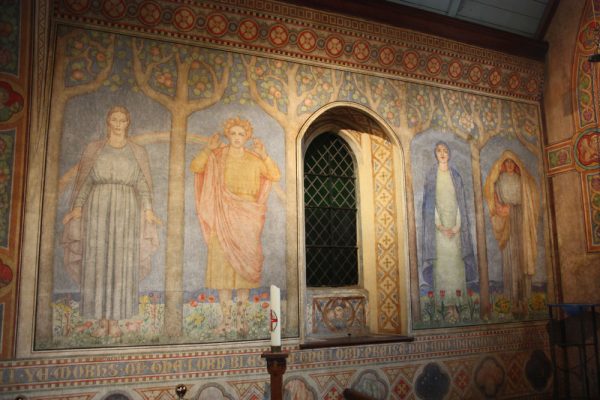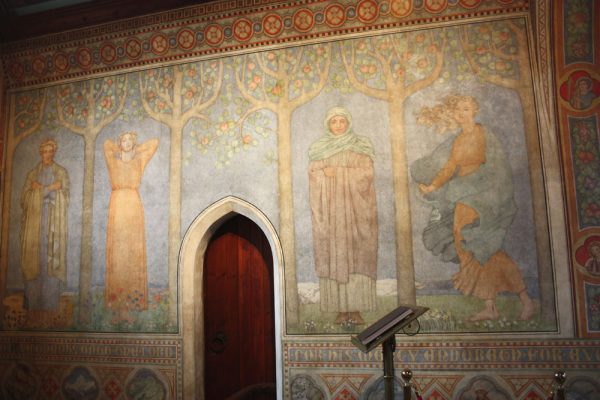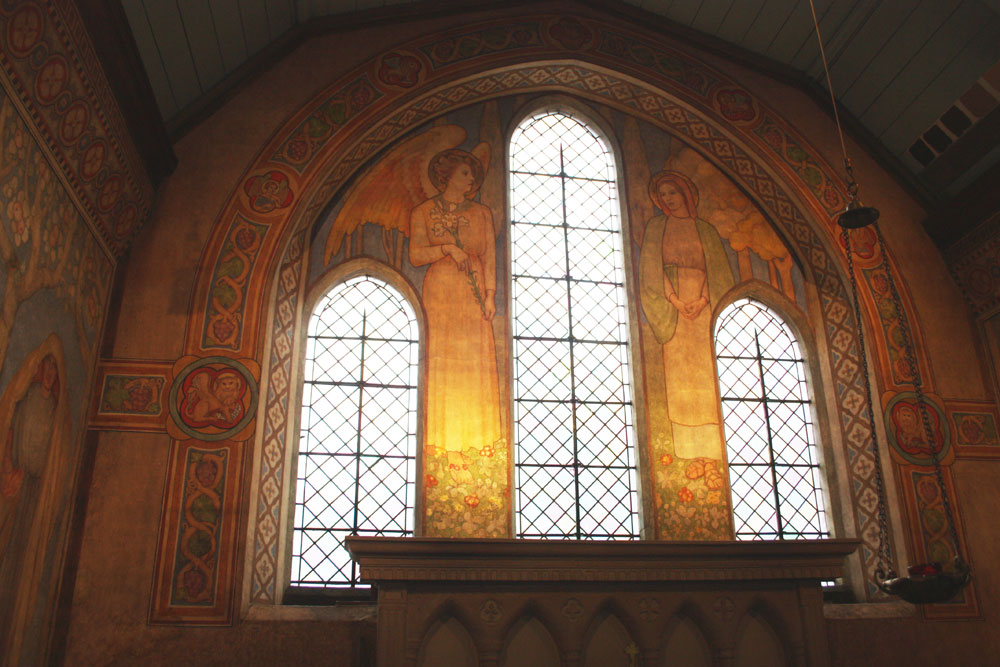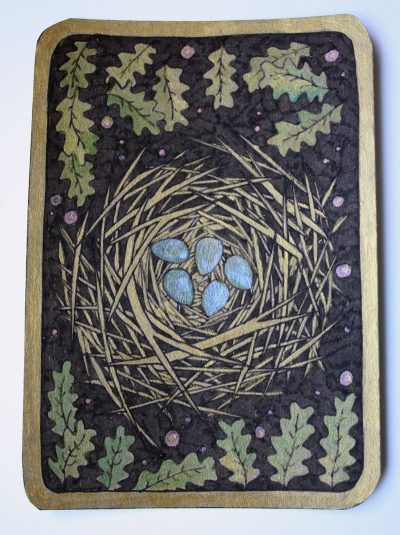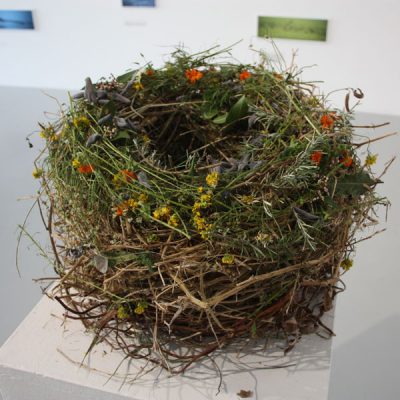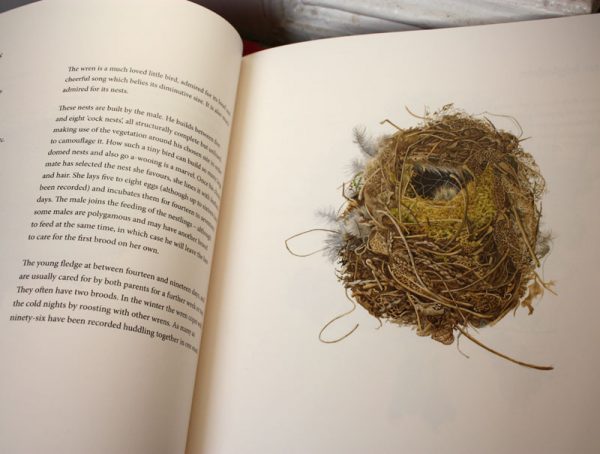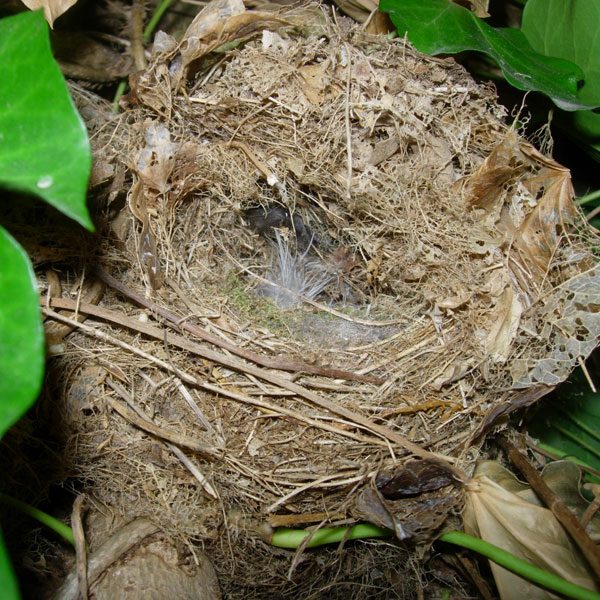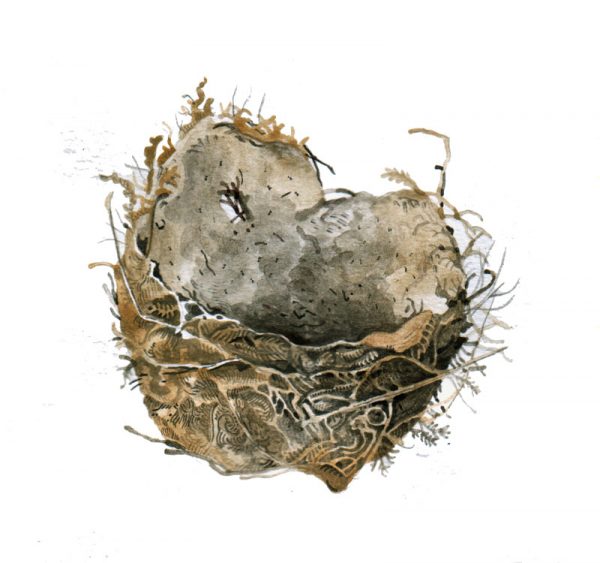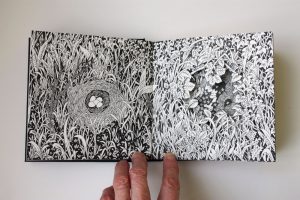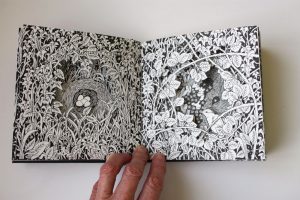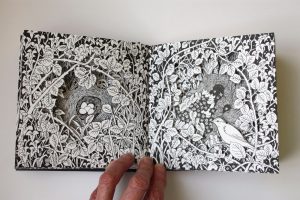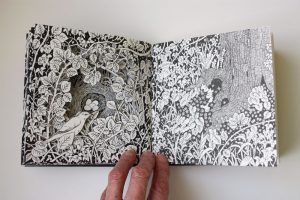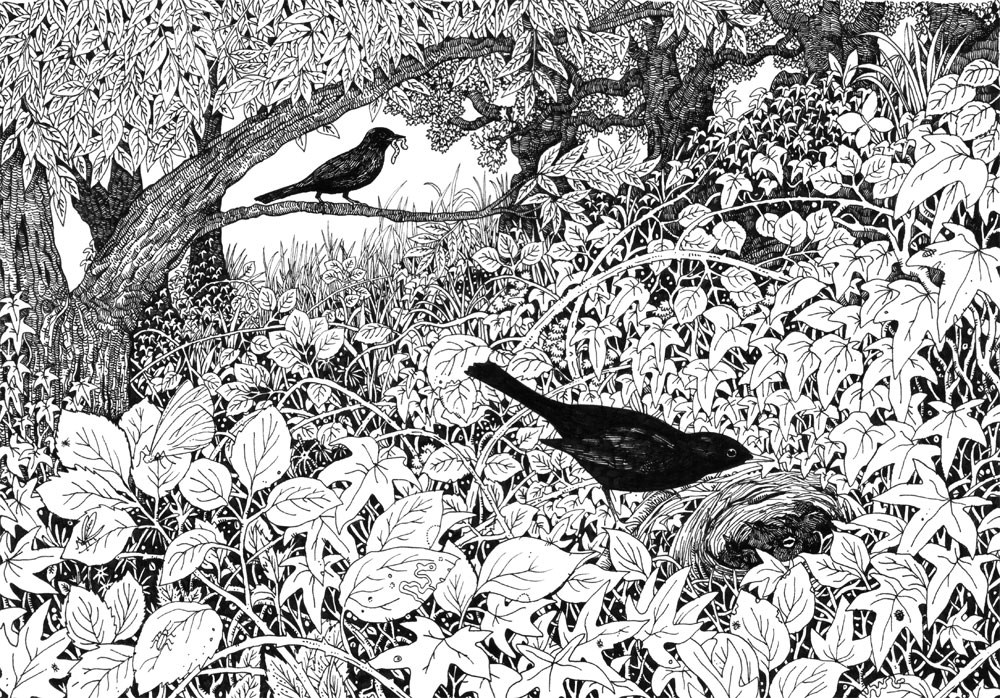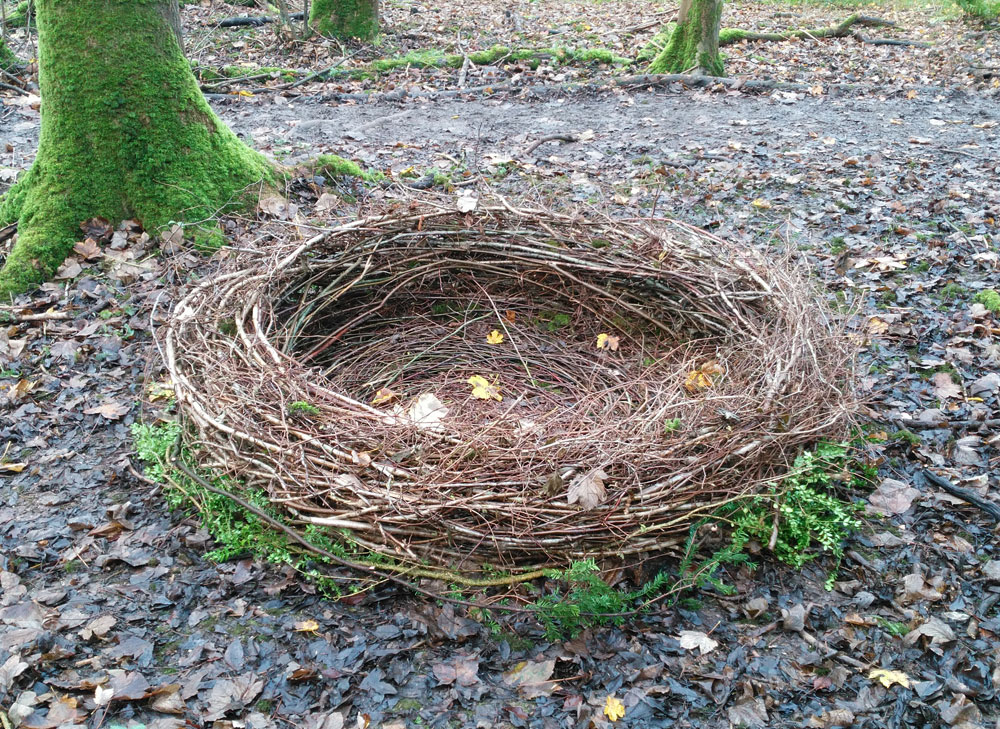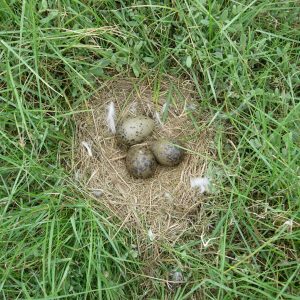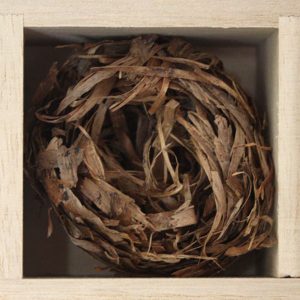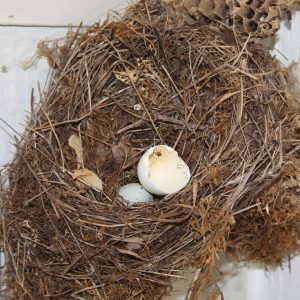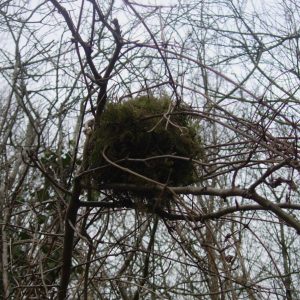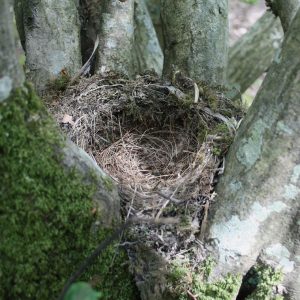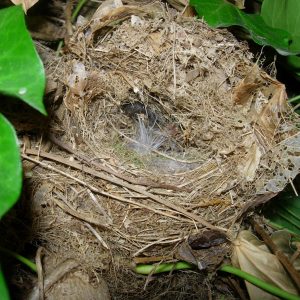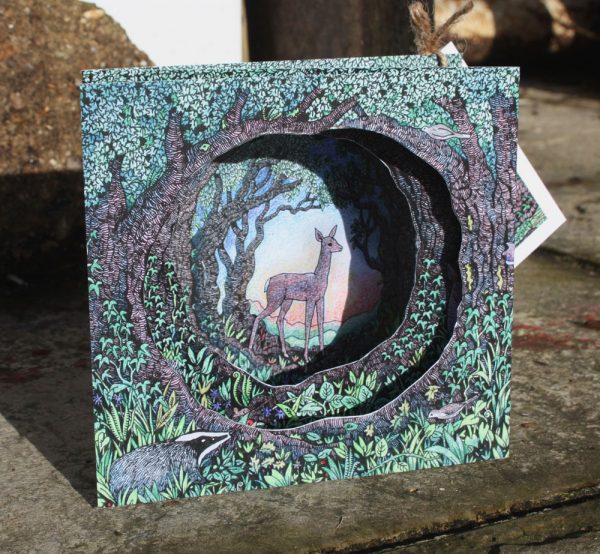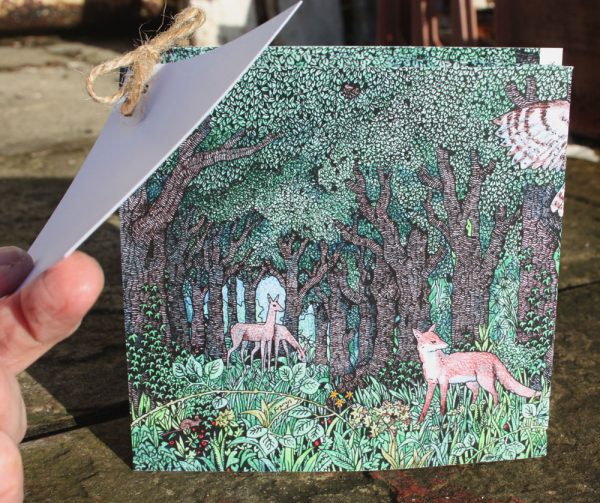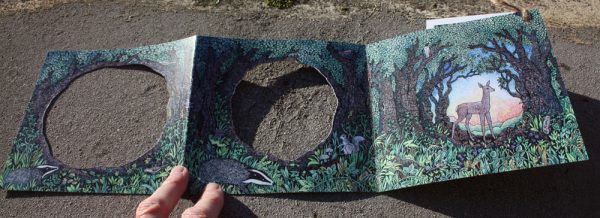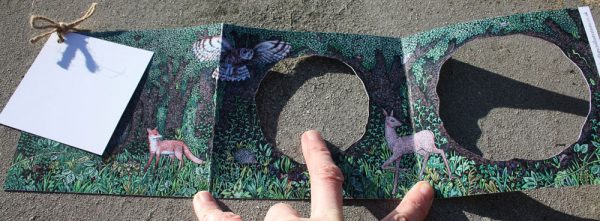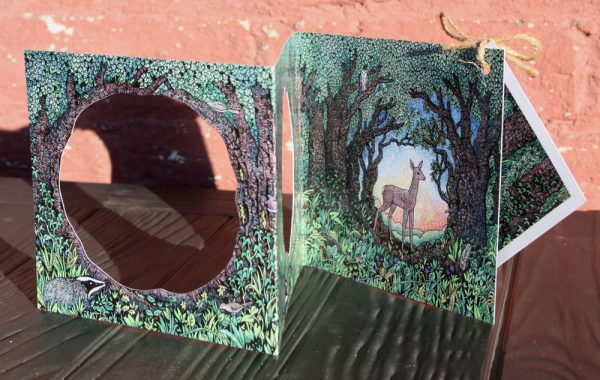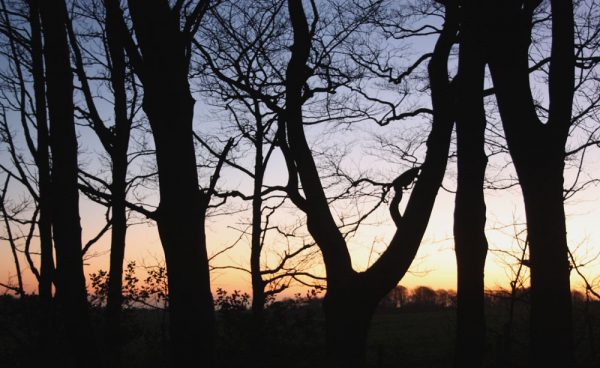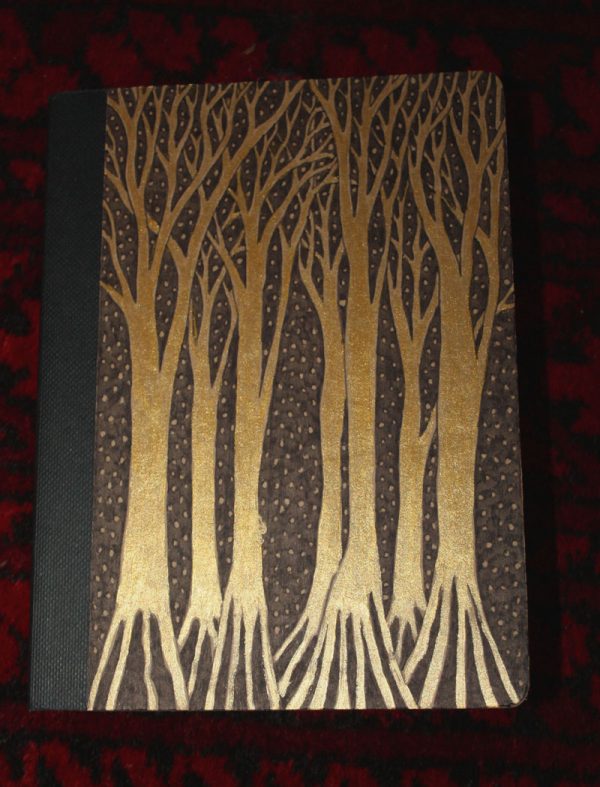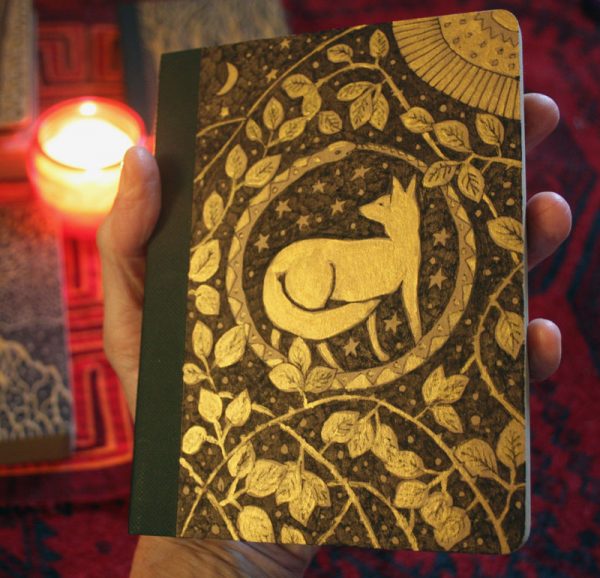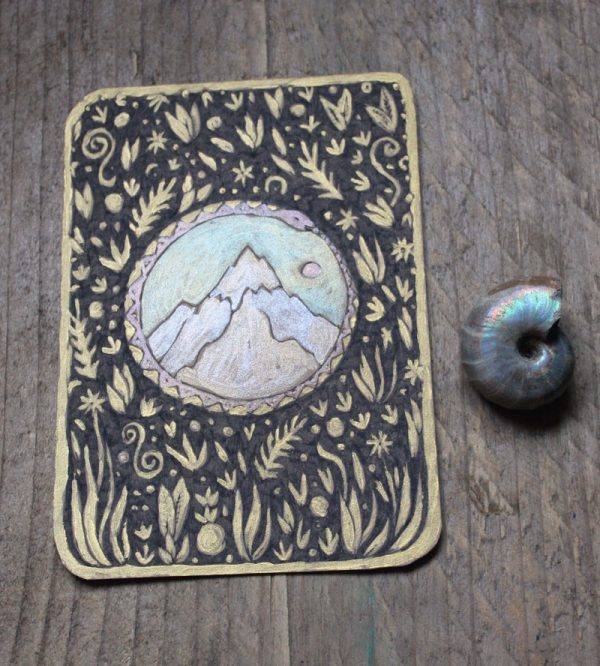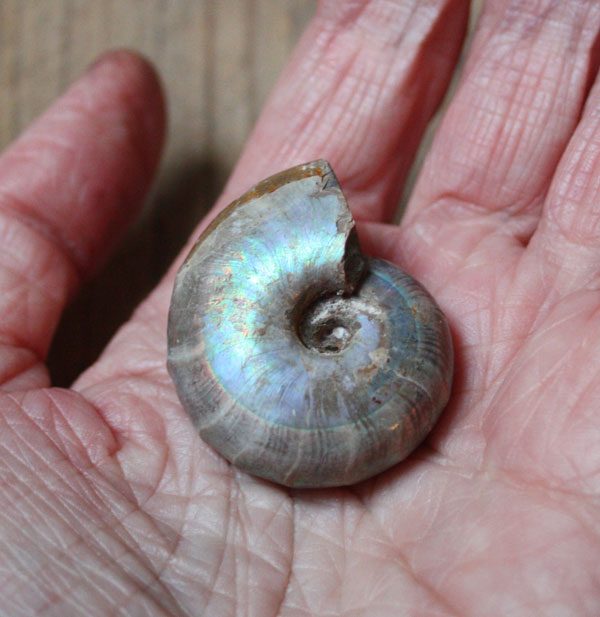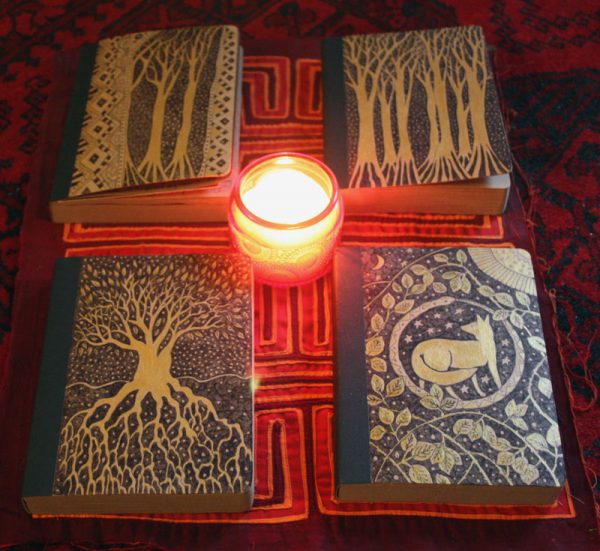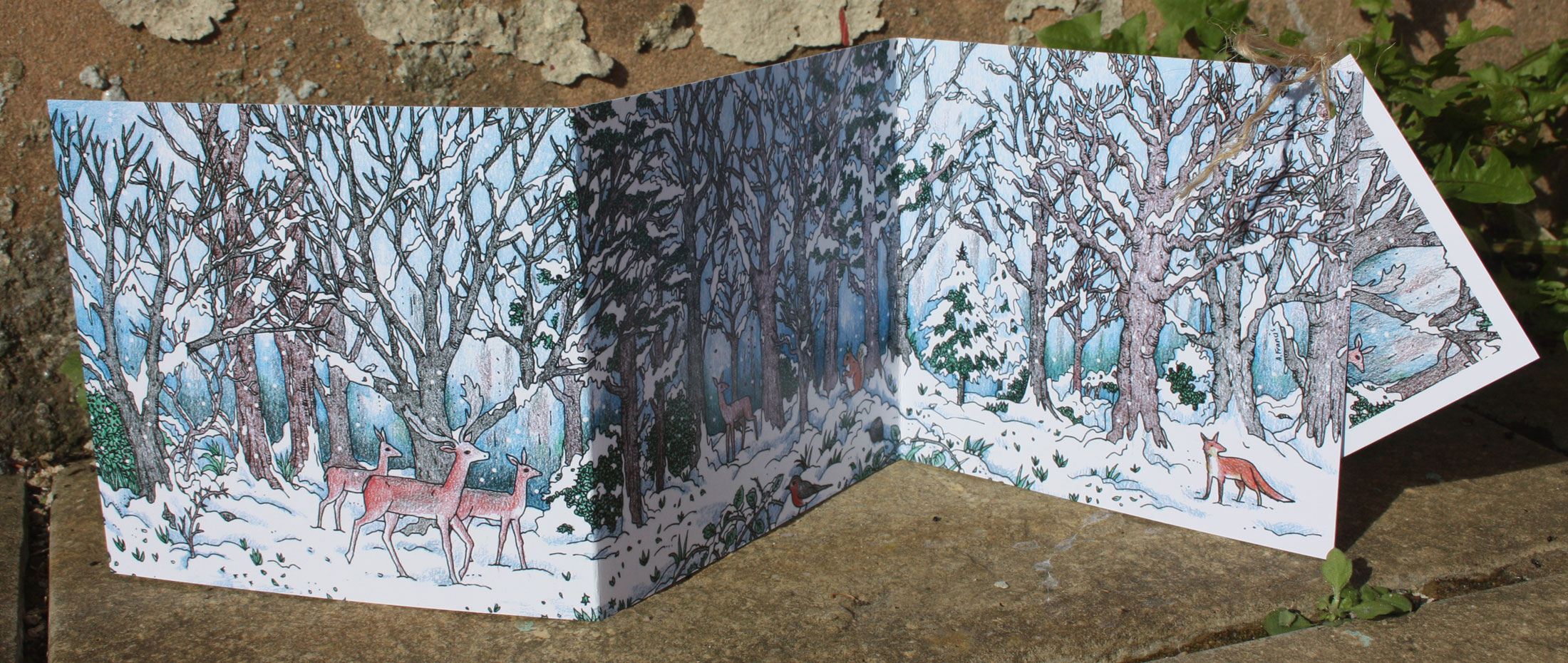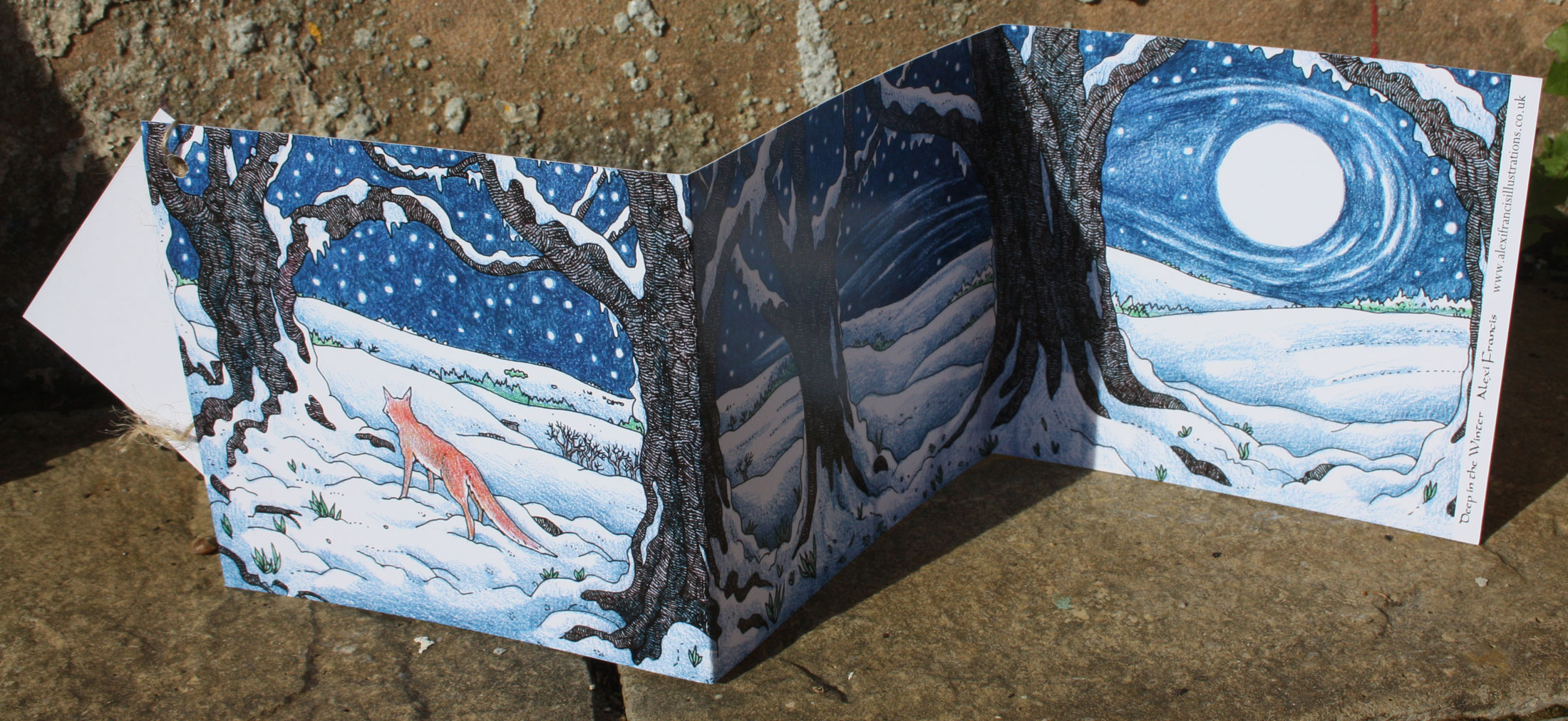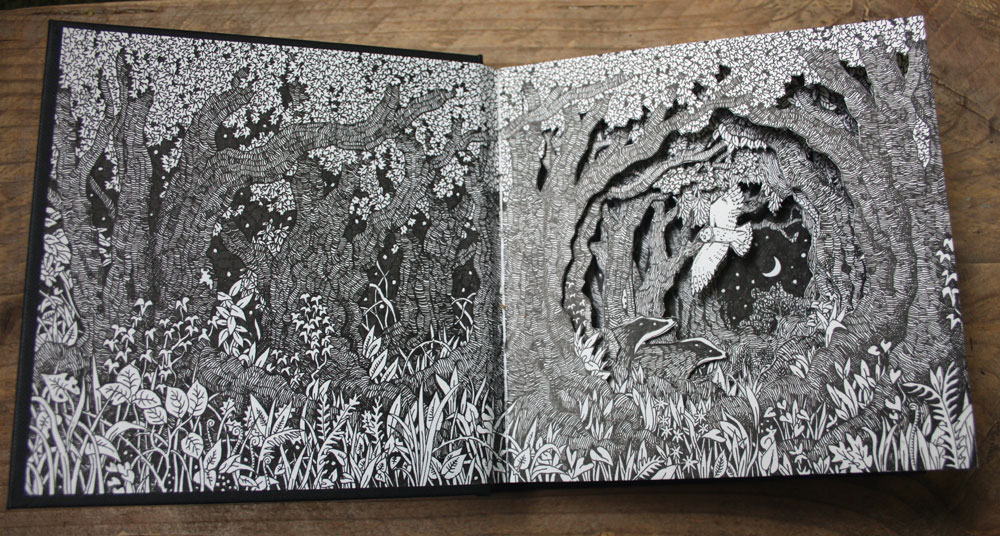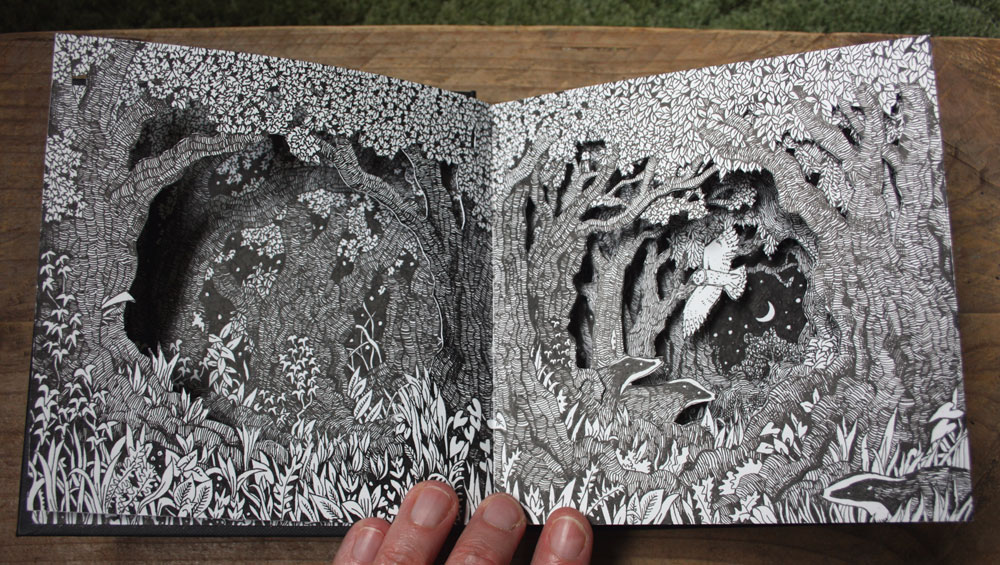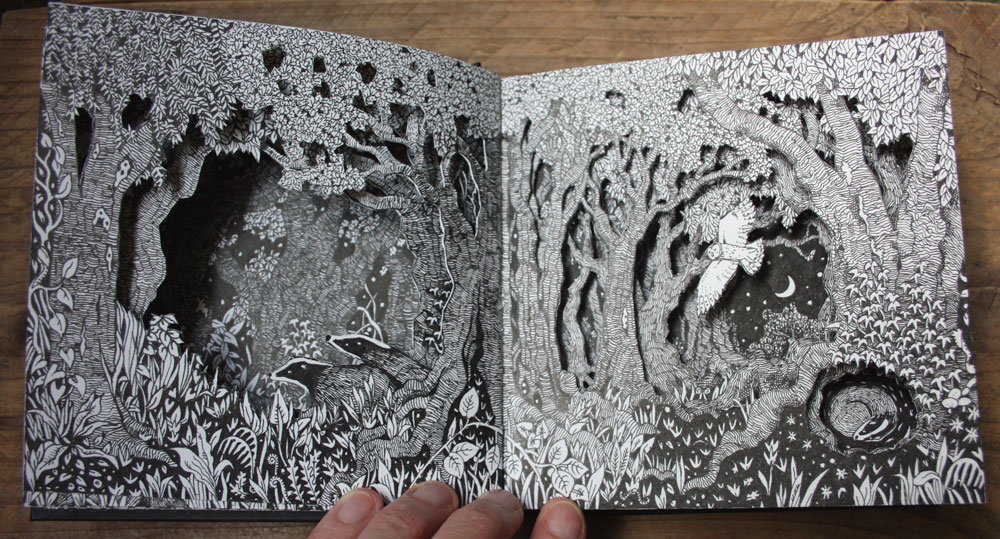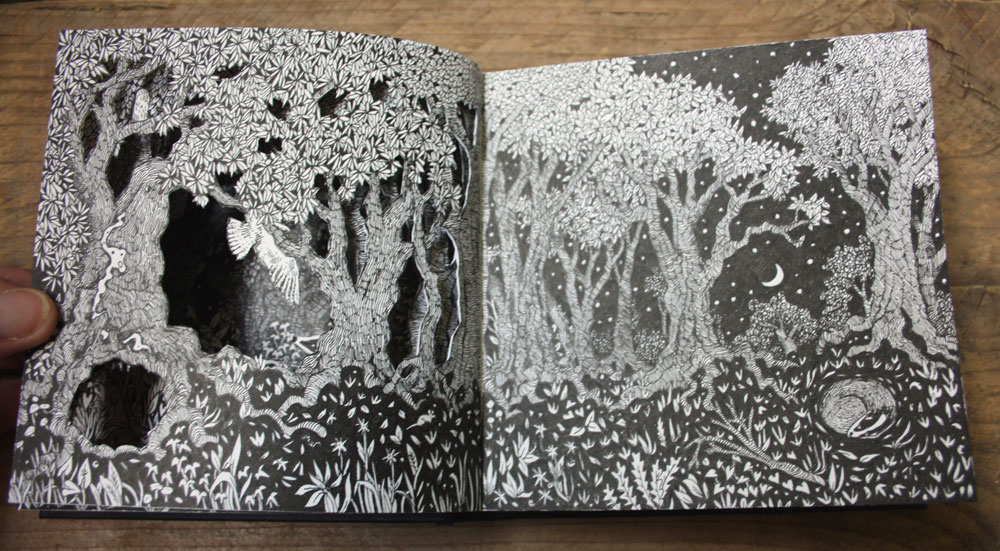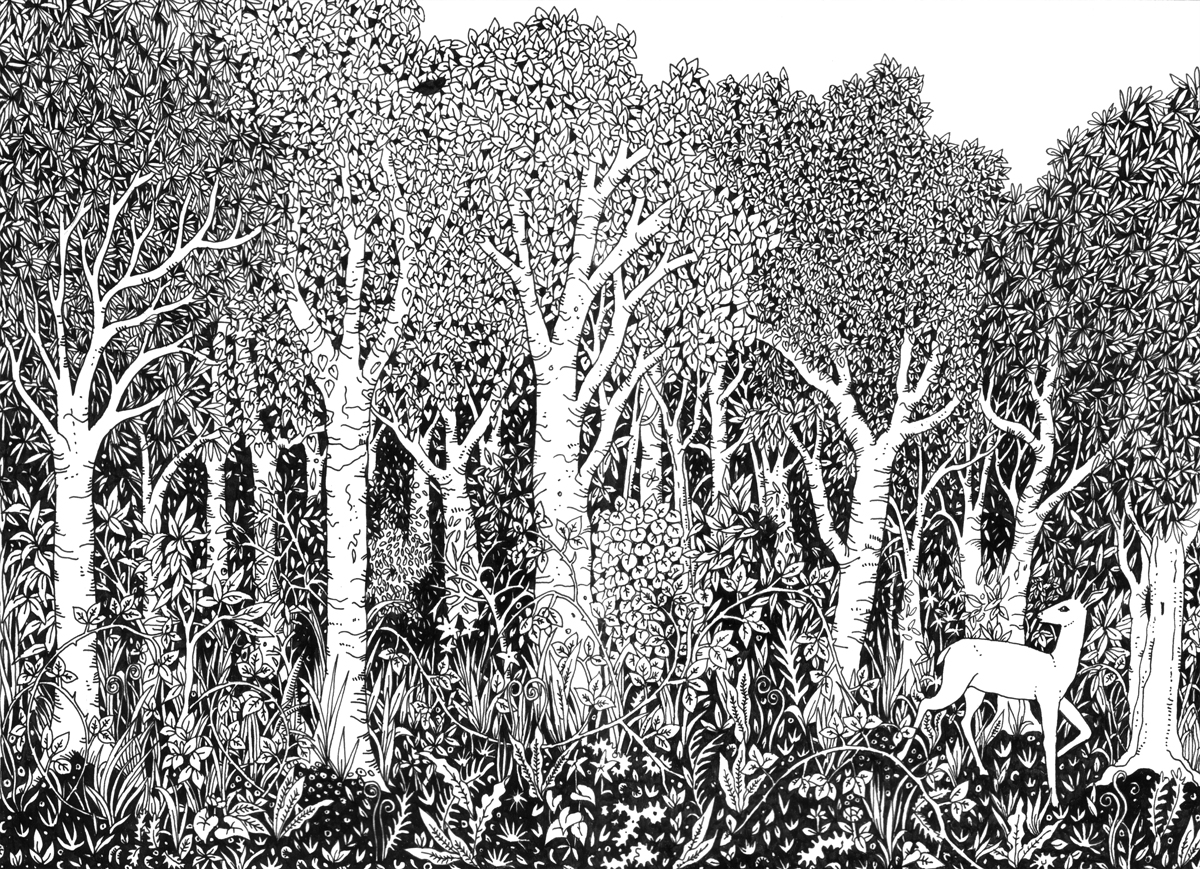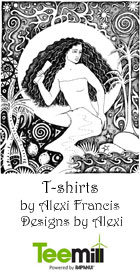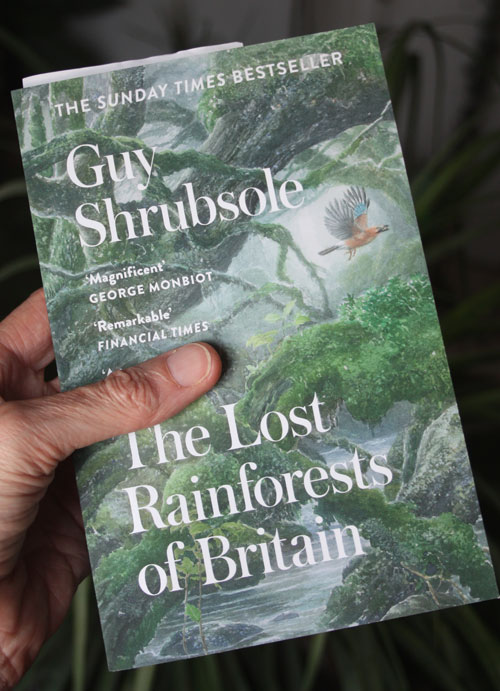It sounds mad, but I have noticed that there two sides to me, to my mindbody. My right side takes me forwards – I think of interacting with people, going into town, projects I’m working on, making progress, goals and bracing myself against The World. My left side is wordless. It reaches out to the environment, to the natural world and my niche within it, to feel embedded and belonging. My left side shrinks back from the harshness of The World. It takes me into the forests and into the hills.
I was very aware of this division in myself while away on holiday. It felt much more comfortable to hold back. I looked up at the hillside above the little village of Vrisnik, where we were staying on the Croatian island of Hvar, and thought, I’d like to be up there, not on the beach or in the town with other tourists. I needed nature connection, so I was very pleased when we discovered hiking trails up into the hills – trails free of dogs. The hills were waiting for me, so I followed my left side.
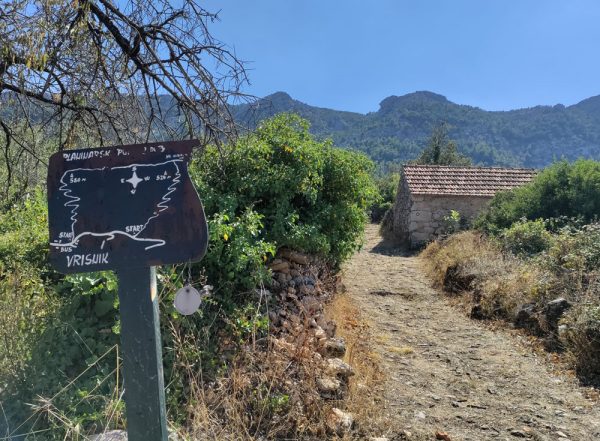
We set off on a path bordered by dry stone walls patterned with lichens. It was very straightforward looking out for the red and white circles that were painted on the rocks at frequent intervals. With flashes of their mauve or red wings, grasshoppers sprang ahead of us, while the land crackled with cicada song and the scent of rosemary and lavendar infused the air. We caught the perfume of pine when we reached the trees, Aleppo pines, characteristic of Mediterranean woods or maquis.
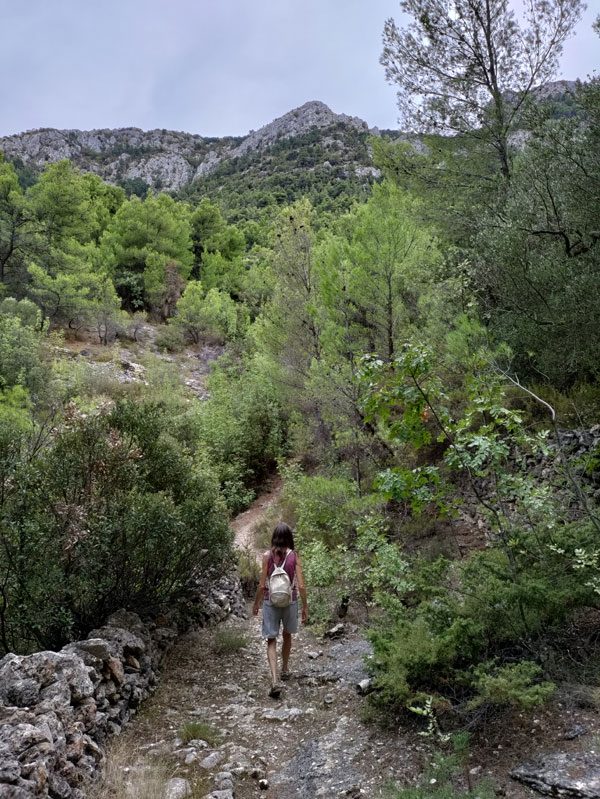
The landscape was green despite it being a very dry, karst landscape of limestone and dolomite with no surface water. Rainwater seeps through cracks, scouring out hollows and caves underground. On Hvar there is only one surface pool and that is temporary. It’s where Neolithic finds have been discovered; early man needed a supply of fresh water. Later, when we went looking for the pool on the lowland plain, it was alive with darter dragonflies.
The path zigzagged up the hillside. We were walking upwards on the north side of a ridge that stretches along the length of the island. The shade was welcome as the temperatures were in the high 20s C. The going was fairly easy and the views were lovely; we looked down on two villages, Vrisnik and Svirce. The town of Jelsa was also visible in the east. Finally we approached a giant bare rock with a hooked nose like the profile of an old man. I’m sure the rock has been given many names, but, rather unimaginatively, I called it The Shape. Soon we emerged at the top of the ridge beside The Shape into the sunshine and a mass of buzzing pines.
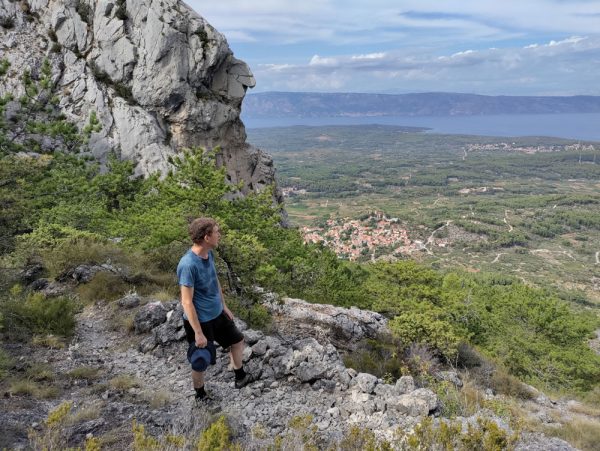
It felt good to be up with just the sound of the breeze and the insects. We looked around for the next red and white circle to continue on the trail. Eventually we found it, but the route was no longer clear cut. It took some searching to find the next few markers as we made our way through trees and stony glades. Then they seemed to disappear altogether.
We doubled back a bit, looking at the trees and rocks for any signs of red paint. There seemed to be many path options through the rocks and scrub. Kevin had studied the paths on Open Street Map and tried to bring the web page up on his phone, but there was no signal. We wandered fruitlessly through a maze of pines and vegetation. The plants here are drought tolerant and tend to have spikes that scratched our legs as we waded through them. Still the grasshoppers zipped about. Kevin caught sight of a small snake disappearing into a hole. There were lizards too, small brown ones and a large one like a fluorescent green plastic toy. It hung about long enough for us to admire it. I kept seeing vivid green praying mantises on the path too. Each one kept still and turned its head to regard me defiantly. Such intelligent looking insects, it’s no wonder that they’re revered in certain cultures. The San people of the Kalahari believed that the praying mantis gave them fire and words. They see them as sort of Dream Bushmen.
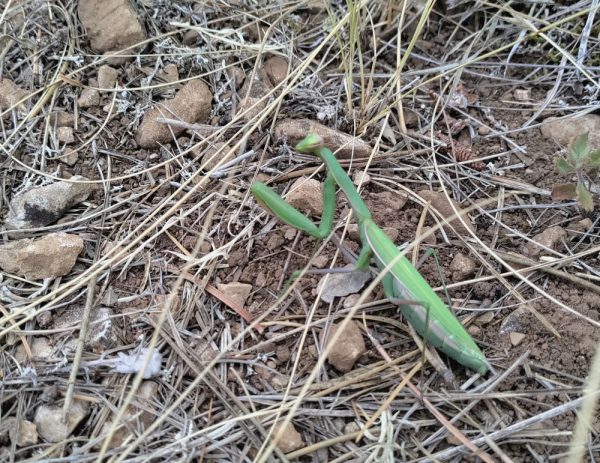
Then a large bird with a black and white tail took off with a bounding flight into the trees ahead of us – a hoopoe! That was exciting! I thought how good it would be to find a hoopoe feather. Not long after the sighting that is exactly what I did.
The air fuzzed with a sound. We looked up and saw a flock of bee-eaters flying overhead.
Noticing and appreciating wildlife was one thing, but we were lost. From the map in his memory, Kevin knew that a track ran along the valley between the ridge and a second line of hills. It wasn’t our path, but it would go somewhere. We decided to look out for it and before long, we could see a rough, stony trail. We made our way towards it and continued walking west. We were lost, but not lost. We didn’t quite know where we were going.
it’s not easy getting lost these days. You can still get lost in mountains and on moors. It seemed odd to be lost here. We had no real idea how far we were from any village. It was becoming increasingly unrealistic for us to try to retrace our steps, so we kept on walking along the track.
I couldn’t help thinking about the well-known poem, Lost, by David Wagoner,
Stand still. The trees ahead and the bushes beside you
Are not lost. Wherever you are is called Here,
And you must treat it as a powerful stranger,
Must ask permission to know it and be known.
The forest breathes. Listen. It answers.
I have made this place around you…
What would it be like to spend the night out here? I started thinking along those lines. I’ve often wanted to do a sort of vision quest and to spend the night out alone. It would probably be a bit chilly – I had no jacket with me. The moon was waxing so there would be light – and there would be a big, clear sky, much clearer than at home, with the Milky Way spilling over us from north to south. The scops owl we’d heard faintly on previous nights would call a little closer perhaps. There were snakes, ants and mosquitoes; it wouldn’t be a comfortable night. I was concerned, but not as worried as I thought I might be. My desire to connect to nature was strong. It felt natural to be drawn down to sleep on the earth among the vegetation, to lean into nature, to bed down into it. Some archaic part of me, my inner animal, was preparing me and it felt OK. It didn’t seem too great a step to feel at home out there among the thorny scrub, the rocks, the Aleppo pines. Perhaps it was helped by the warmth of the land. I had a welcome sense of belonging, my left side was content.
We continued walking west along the track. An empty building appeared on our right and, then, the track took us through lavendar fields.The lavendar had already been harvested, but its scent was still in the air. Hvar is well known for its lavendar. We kept on going wondering how many miles we’d have to walk before reaching a village or road. We knew we were still walking away from our village, it was hot and our water was getting low.
Eventually after a few miles we came to a crossroad of paths and a sign post. One direction pointed to the village of Svirce, not so far from ours. Now, at least we knew which way to walk, and the path we followed took us north once again, back over a pass in the ridge. Soon we could see Svirce in the distance.
It took us some time to walk back to base. Despite being lost on the ridge and the extra miles we had walked we were glad of the adventure. Being lost like that isn’t so bad. I spent the evening pondering what it would have been like to do a night vision quest up on the top. I guess it’s different when you are prepared for it. That’s something for the future perhaps. I thought of the face of The Shape keeping vigil, watching. My left side was still leaning, I now had more of the hills in me.
